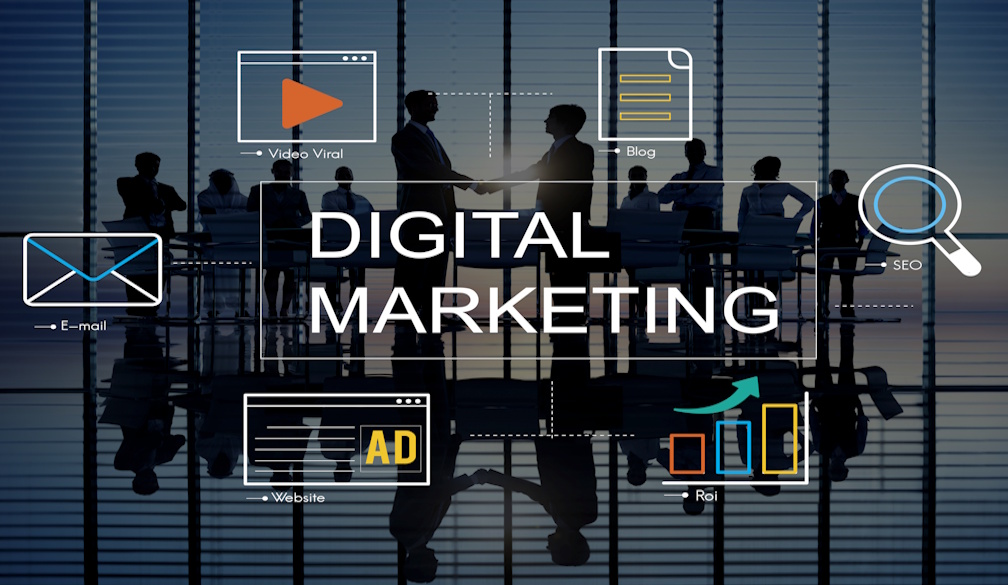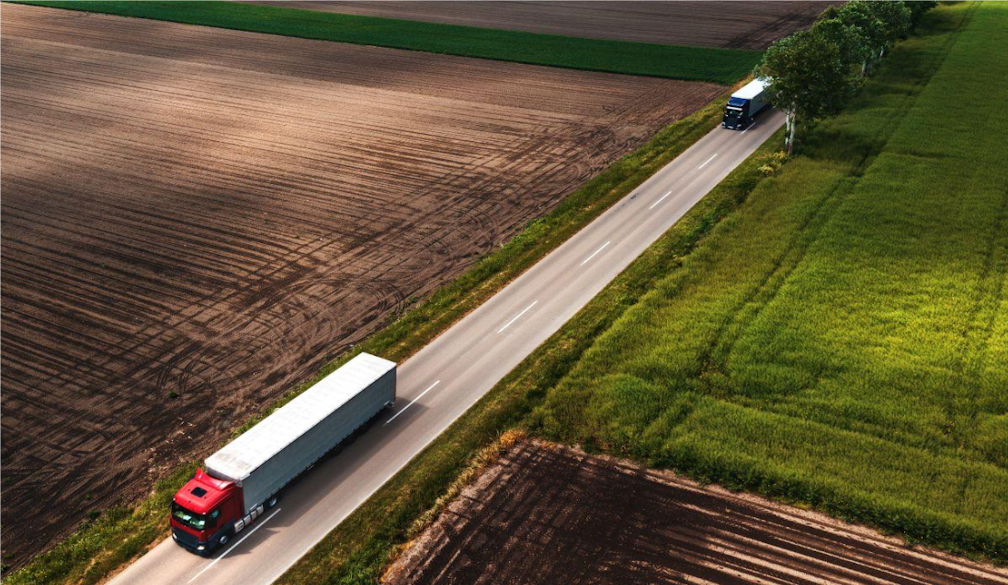From Backend Logic to Frontend Magic: Merging Software Development and Web Design

Software design and web development go hand in hand in today's computer age. Backend logic is used for functionality, and frontend design makes software friendly and aesthetically pleasing. The two must be merged to produce high-performance applications that are friendly and scalable.
This post describes how the backend and frontend collaborate, the need for integration, and what best practices lie in accomplishing a seamless union of design and logic.
-
Backend and Frontend Duties
Since they came together, let us learn about each's individual responsibilities:
Backend Development:
- Handles operations on the server, databases, and application logic.
- Handles authentications, processes data, and maintains security.
- Makes use of languages such as Python, Java, PHP, and frameworks Node.js, Django, and Spring Boot.
Frontend Development:
- Prioritizes visual and interactive elements of a website or application.
- Utilizing HTML, CSS, JavaScript, and frameworks/libraries such as React, Vue.js, and Angular.
- Makes the app or site responsive and accessible on numerous devices.
Both backend and frontend must blend together perfectly to offer a smooth and exciting user experience.
-
Why Unification Matters
When backend functionality and frontend visual design are beautifully in sync, businesses gain in various ways:
- Improved User Experience: Simple interface with responsive, functional features retains users.
- Performance Improvement: Light backend speeds up loading times, while an optimized frontend provides responsiveness.
- Scalability: Unified methodology makes upgrading and maintaining compatibility with new features easier.
- Security: Strongly integrated backend security solutions safeguard the user data without compromising frontend functionality.
Best Practices for Integrating Backend and Frontend
-
API-Driven Development
Current applications utilize APIs (Application Programming Interfaces) to connect backend and frontend seamlessly. RESTful and GraphQL APIs facilitate efficient data communication, reducing dependency issues.
- RESTful APIs are used extensively because they are simple and stateless.
- GraphQL provides more flexibility in the manner in which it grants clients the power to request specific information rather than using static endpoints.
API-based development provides backend and frontend teams the ability to work separately while providing seamless communication.
-
Selecting the Correct Tech Stack
Having compatible technologies guarantees integration will be seamless. Some of the most popular tech stacks are:
- MERN (MongoDB, Express.js, React, Node.js) – Most appropriate for full-stack JavaScript applications.
- LAMP (Linux, Apache, MySQL, PHP) – Most appropriate for web applications with heavy backend logic.
- MEVN (MongoDB, Express.js, Vue.js, Node.js) – Most appropriate for real-time and highly scalable applications.
In bespoke software development Sydney, the firms looking for the perfect tech stack need to ensure scalability and efficiency.
-
Microservices Architecture
Dividing applications into small, separate services facilitates:
- Easier deployment and upgrades.
- Simpler debugging and maintenance.
- Greater flexibility in scaling frontend and backend independently.
Microservices augment containerization technologies like Docker and orchestration tools like Kubernetes, making deployment simpler.
-
High Priority UI/UX Design Principles
Backend functionality should complement frontend design goals instead of limiting them. Healthy UI/UX design practices are:
- Minimalistic Design: Less is more for a cleaner look.
- Mobile-First Approach: Being device-friendly.
- Consistent Branding: Having the same colors, typography, and design elements.
Companies seeking website designers Sydney can greatly benefit from good UI/UX implementation.
-
Real-Time Data Synchronization
Apps like e-commerce sites, live chat apps, and dashboards need real-time updates. Technologies like:
WebSockets enable bidirectional communication for real-time updates.
Firebase Realtime Database enables cloud-based real-time data synchronization.
GraphQL Subscriptions enable real-time queries and event-driven data updates.
Integration of real-time synchronization improves responsiveness and interactivity.
-
Highlighting Security Features
A combined software development process should integrate strong security aspects:
- Backend Security: SQL injection, cross-site scripting (XSS), and data leakage protection.
- Frontend Security: HTTPS, secure cookies, and input validation.
- Authentication & Authorization: OAuth, JWT, or multi-factor authentication (MFA) to protect user access.
Maintaining security at both backend and frontend levels protects sensitive user information.
The Future of Full-Stack Development
The future of software development lies in further closing the backend/frontend divide with:
- AI & Machine Learning Integration: Developing more personalized user experiences.
- Progressive Web Apps (PWAs): Providing a web app/multi-app hybrid solution.
- Serverless Computing: Reducing backend management complexity.
- Low-Code & No-Code Solutions: Empowering non-developers to build deployable apps.
With technology becoming more advanced day by day, a balanced backend and frontend strategy will always remain key to developing seamless, high-performance applications.
Conclusion
The combination of backend intelligence and frontend magic is essential to creating working and intuitive software. With API-led development, microservices, and real-time synchronization following best practices, businesses can deliver world-class performance, security, and scalability. Developers and designers finally seeing eye to eye bridges the gap and creates awe-inspiring and smooth digital experiences.
Investing in a cohesive strategy for software development and web design not only increases user satisfaction but also sets companies up for long-term success in an ever-more dynamic digital landscape.



















